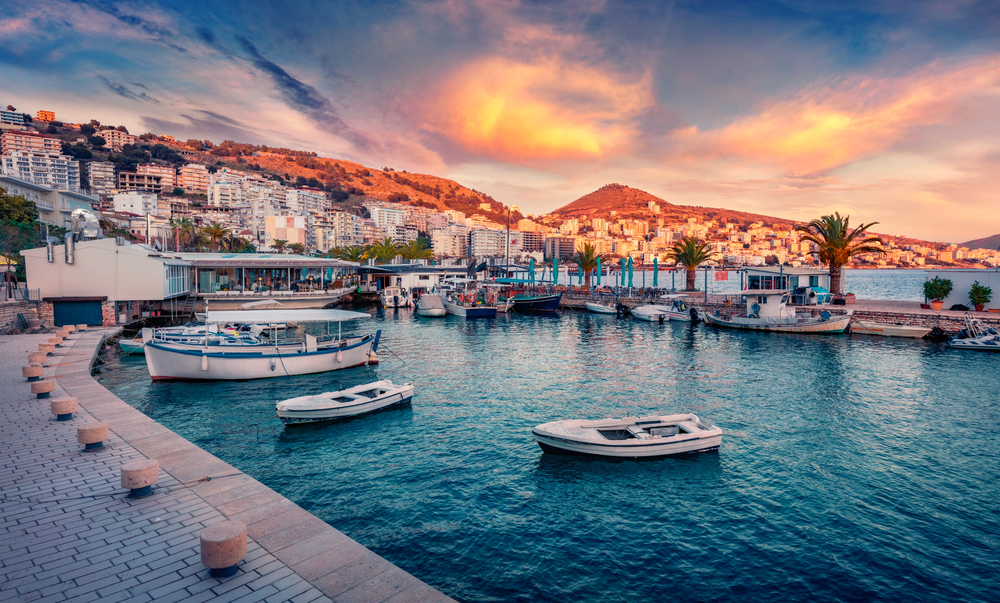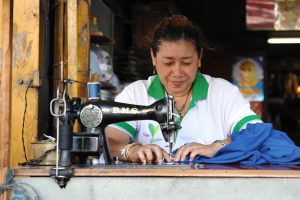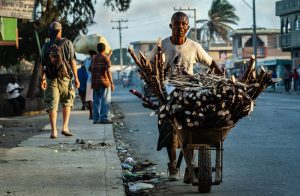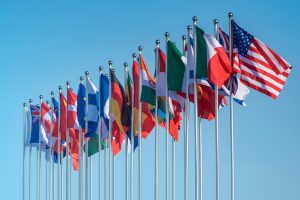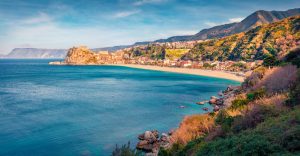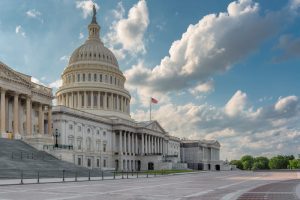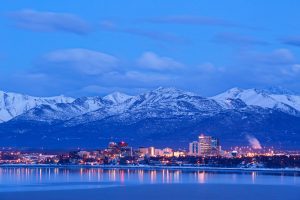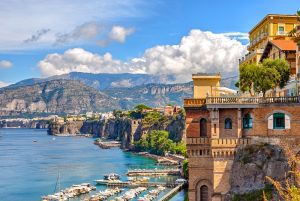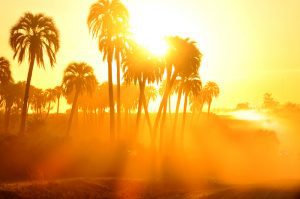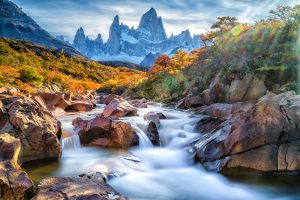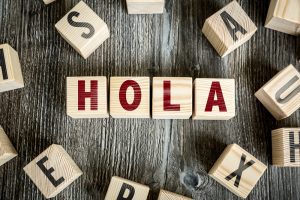In terms of annual per capita income, Tirana, which is Albania’s capital city, ranks as the country’s richest city, with an average per capita income of 783,000 ALL (6,956.91 USD).
On the other hand, Kukes, which has a per capita income of 362,000 ALL (3216.35 USD), continues to be Albania’s poorest region.
The Kukes region is followed by Elbasan with 398,000 ALL (3,536.21 USD), Dibra with 403,000 ALL (3,580.63 USD), Lezha with 410,000 ALL (3,642.83 USD), and Shkodra with 419,000 ALL (3,722.79 USD).
However, people from the poorer regions, such as the Kukes region, have been seeking opportunities in places like Tirana.
Therefore, this city and other major cities have experienced a gradual increase in population despite the country as a whole seeing a decline in its overall population.
Table of Contents
How many people live in Tirana?
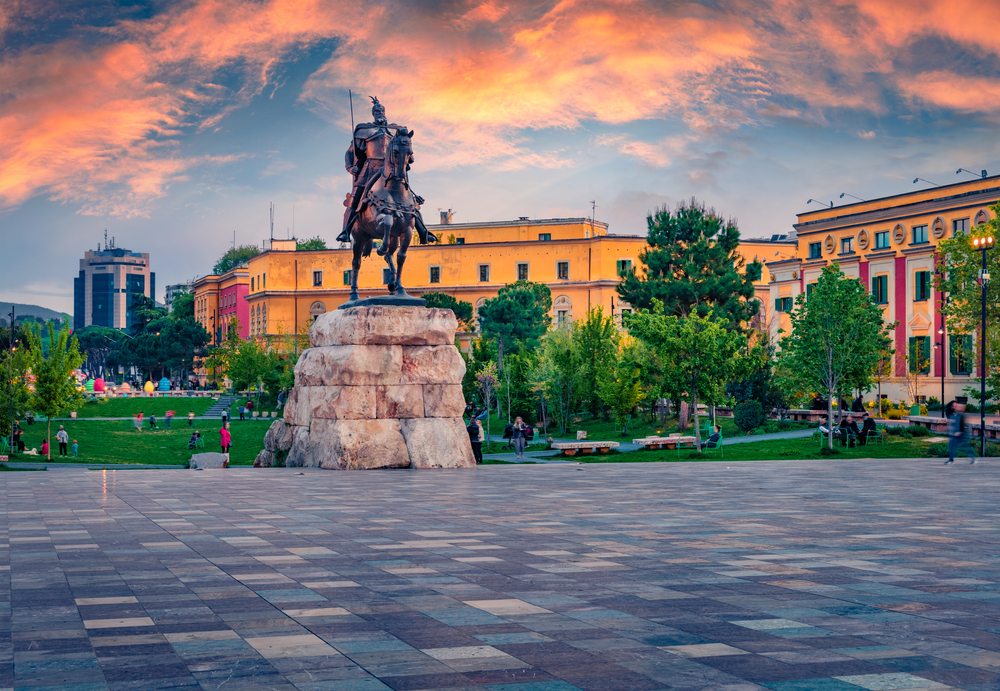
As the capital and largest city in Albania, the reported 2022 population of Tirana’s metropolitan area is 512,000, a 1.79% jump from the previous year.
That’s roughly 18% of the country’s 2022 population of 2,872,933, which saw a 0.23% decrease from 2021.
Although Albania’s overall population is shrinking, major urban areas like Tirana have been seeing a growth in population, thanks to the greater availability of job opportunities.
Following Tirana when it comes to population size are the cities of Fier, Durrës, Elbasan, Korçë, and Vlorë, which all have a population below 500,000.
Does Albania have any billionaires?
Samir Mane, an entrepreneur, is the wealthiest person in Albania as well as the country’s only billionaire, with a net worth of $1.2 billion.
He’s the founder and president of Balfin Group, whose portfolio includes investments in retail sales, real estate development, mining and smelting, tourism, banking, commercial and industrial space management/services, and customer financing.

Today, the Group, which owns more than 50 companies, is one of the Western Balkans’ most successful investment groups. Besides Albania, it also operates in Kosovo, Bosnia and Herzegovina, Austria, North Macedonia, the Netherlands, and Montenegro.
Does Albania have other high-profile wealthy people?
Thanks to a survey conducted by Pashko European Institute, which is part of the European Education Initiative, and Mapo Publications, we have a list of Albania’s wealthiest people (besides Samir Mane), all of whom are multi-millionaires in terms of USD.
- Shefqet Kastrati – Kastrati, whose main industries are financing, oil trading and storage, and chartering, is the president of Kastrati Group and Albania’s second richest individual.
- Vasil Naci – As the CEO and President of AGNA Group, Naci is mostly involved in the food, drinks, tobacco, home and personal care, hydro energy, and property development sectors. Although based in Tirana, his company also boasts a presence outside of Albania and can also be found in Kosovo, Greece, and Montenegro.
- Behar Cukaj – Known for being the owner of Bolv Oil, Cukaj’s specialties are in wholesale and fuel transportation.
- Tom Doshi – A lawmaker, Doshi is well known for being one of the Albanian Parliament’s richest members. He’s also an administrator of several companies – hence, his large amount of wealth.
Albania’s primary industries
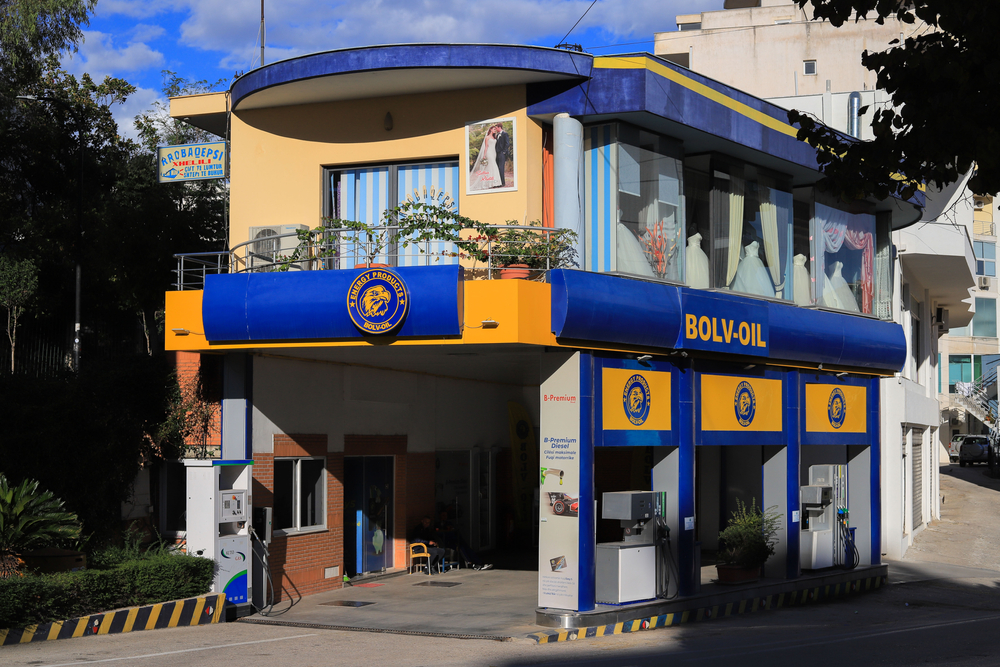
Albania’s main industries are energy, metallurgy, agriculture, tourism, and textile.
A country with natural resources, Albania is home to Europe’s biggest onshore oil reserves, and it also boasts the second-largest oil reserves in the entire Balkan region.
The majority of Albania’s crude oil is exported.
Other major exports include leather footwear, footwear parts, and semi-finished iron.
The industrial sector accounts for 14.9% of the country’s GDP, while its services and agriculture sectors contribute 63.5% and 21.6%, respectively.
Is Albania a rich country?
Albania has one of the lowest per capita incomes in Europe, and, according to The Borgen Project, 34% of Albanians lived in poverty in 2016.
The country’s northern cities are among the poorest. While northern Albania has an average per capita income of 462,000 ALL (4,104.84 USD), the southern part of Albania has an average of 511,000 ALL (4,540.20 USD).

The central region’s average is 692,000 ALL (6,148.38 USD).
Every region in Albania has seen a 4.7% to 10.4% increase since 2017. However, development throughout the country continues to be highly polarized, with the wealthier regions experiencing much more growth than the poorer regions.
And while Albania’s central region has a GDP that’s 21.2% above the national average, the north’s GDP is 19.1% below the average.
How many millionaires are there in Albania?
Although no exact number of millionaires has been reported in Albania, it’s been reported that there are 12,300 individuals throughout the country with an annual income exceeding 2,000,000 ALL (or roughly 17,769.88 USD).
It should be noted that these individuals are millionaires in terms of ALL, not USD (so far, no information can be found about millionaires in USD).
This figure is steadily growing, but these individuals still constitute a very small percentage of Albania’s working population.
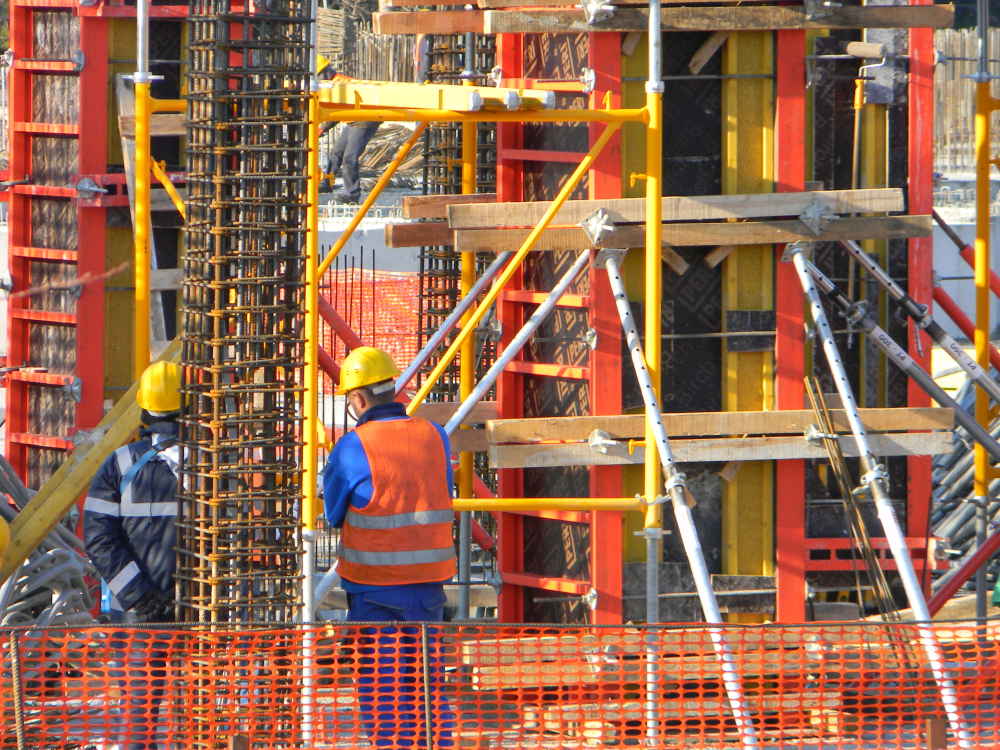
According to INSTAT, there’s a total of 690,000 employees in Albania, of which only 1.8% earn an annual income of more than 2,000,000 ALL.
In addition, about one-third of Albanian workers are barely making or aren’t making ends meet, so they need at least one more job to sustain themselves.
Expats in Albania
Even though it’s not the most popular expat destination in Europe, Albania does have its fair share of individuals who move to the Balkan country for its job opportunities.
Other factors that draw expats are the country’s scenic beaches, sunny weather, and reasonably low cost of living.
Plus, Albania is a relatively safe country, although petty crimes like pickpocketing are known to occur in larger cities like Tirana and Fier.
But one factor that visitors and expats have to consider is the harrowing driving conditions.
Often described as aggressive and erratic, driving in Albania can be quite dangerous compared to driving in other parts of Europe.
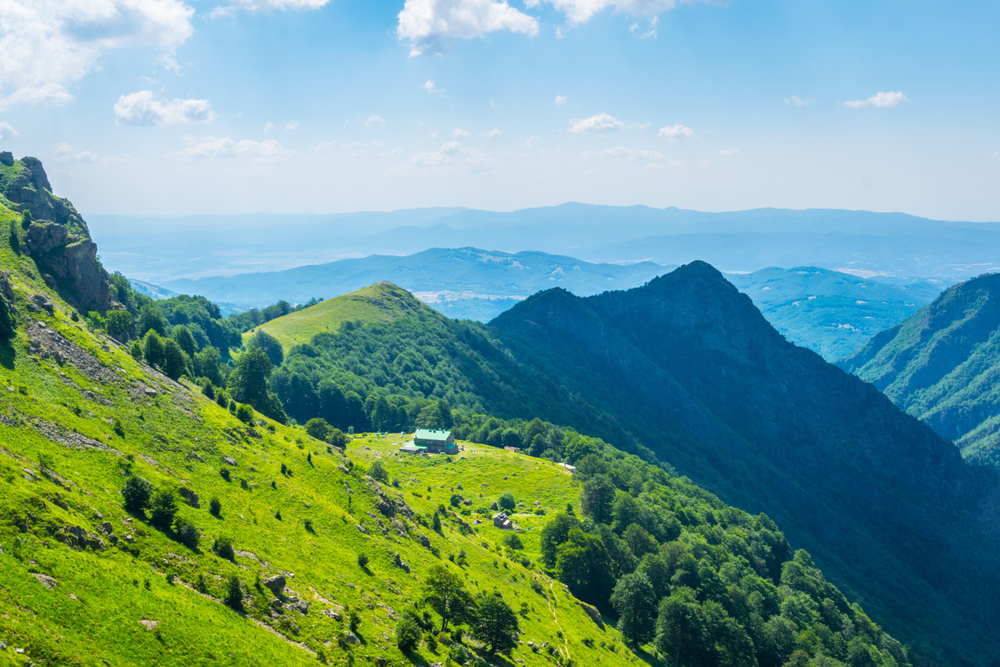
In fact, Albania sees some of the highest numbers of deaths from road accidents on the European continent.
That said, Albania is mostly safe for expats as long as they exercise caution and avoid going out alone at night, especially in bigger cities.
Countries that border Albania
Albania is bordered by Serbia (Kosovo) to the northeast, Montenegro to the northwest, Greece to the southeast, North Macedonia to the east, and the Ionian and Adriatic seas to the southwest and west, respectively.
- Serbia – Officially known as the Republic of Serbia, this landlocked country in Southwest Europe is home to 6.908 million people. Its capital, Belgrade, is also its largest city, with a population of 1.374 people. For most of the 20th century, Serbia was a part of Yugoslavia, but now, as of June 5, 2006, it operates as an independent state.
- Montenegro – Located in Southeast Europe, Montenegro is situated on the Adriatic Sea and is a part of the Balkan Peninsula. Its capital, Podgorica, which is also its largest city, covers more than a tenth of the country’s territory of 5,333 square miles (13,812 square kilometers). Also, 30% of Montenegro’s population lives in the capital city.
- Greece – Greece, which is officially known as the Hellenic Republic, is located in Southeast Europe and has a population of 10.679 million people. This country, located at the southern tip of the Balkan Peninsula, is at the crossroads of Europe, Africa, and Asia, allowing Greece to have a large historical influence on the world as a whole. Its influences include being the birthplace of democracy, serving as the cradle of Western civilization, and being home to major mathematical and scientific principles.
- North Macedonia – Officially recognized as the Republic of North Macedonia, this country, located in Southeast Europe, gained its independence in 1991 as one of Yugoslavia’s successor states. A landlocked country, it makes up about a third of the Macedonian region and is home to 1.83 million people.
- Ionian Sea – Known for ferry routes that cross its western and eastern portions, the Ionian Sea is famous for its frequent earthquakes. This body of water, which mostly flows out of the Mediterranean Sea, separates Calabria, Sicily, and southern Italy from Albania (to the north) and Greece’s west coast.
- The Adriatic Sea – A body of water that separates the Balkan Peninsula from the Italian Peninsula, the Adriatic Sea makes up the Mediterranean Sea’s northernmost arm. The countries with coasts on this body of water are Bosnia and Herzegovina, Albania, Italy, Croatia, Slovenia, and Montenegro.
Languages in Albania
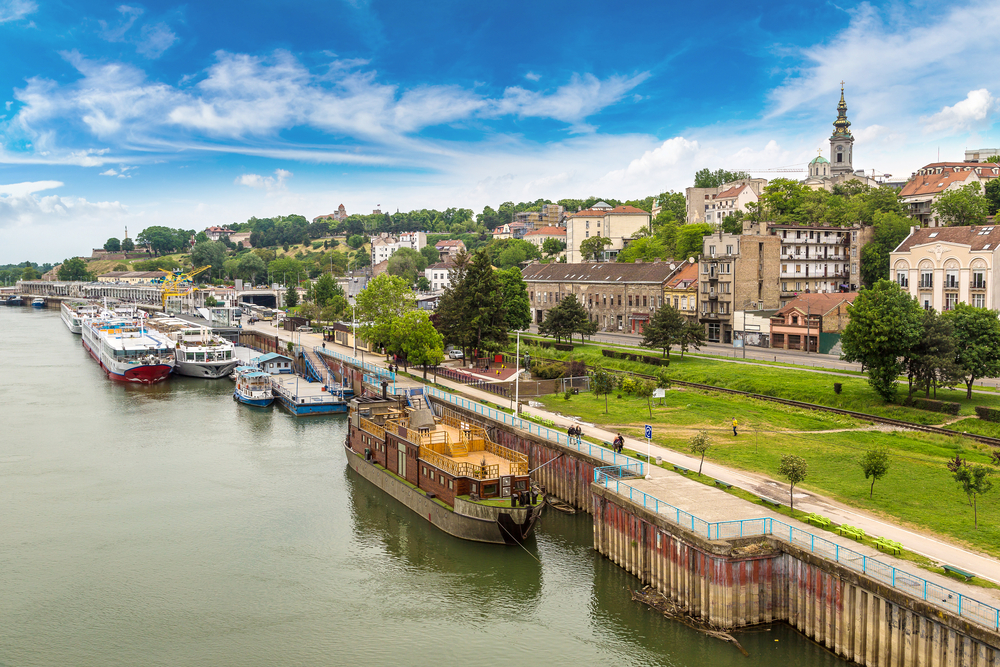
The official language of Albania is Albanian, and there are two main dialects: Gheg, spoken in the north, and Tosk, spoken in the south.
However, because of the large Albanian diaspora throughout Europe and the high numbers of Albanian communities throughout the Balkan Peninsula, many Albanians can also speak Greek, French, German, Italian, and English, in addition to other languages, with Italian perhaps being the second most widely spoken language in Albania after Albanian.
Greek is mostly spoken in southern Albania, thanks to this region’s proximity to Greece and Greek immigration to this region.
English is also growing quickly, especially among the country’s youth.
But, interestingly, Albania is in 4th place in Europe when it comes to the percentage of inhabitants who are monolingual, with 59.9% of the population speaking only one language.

